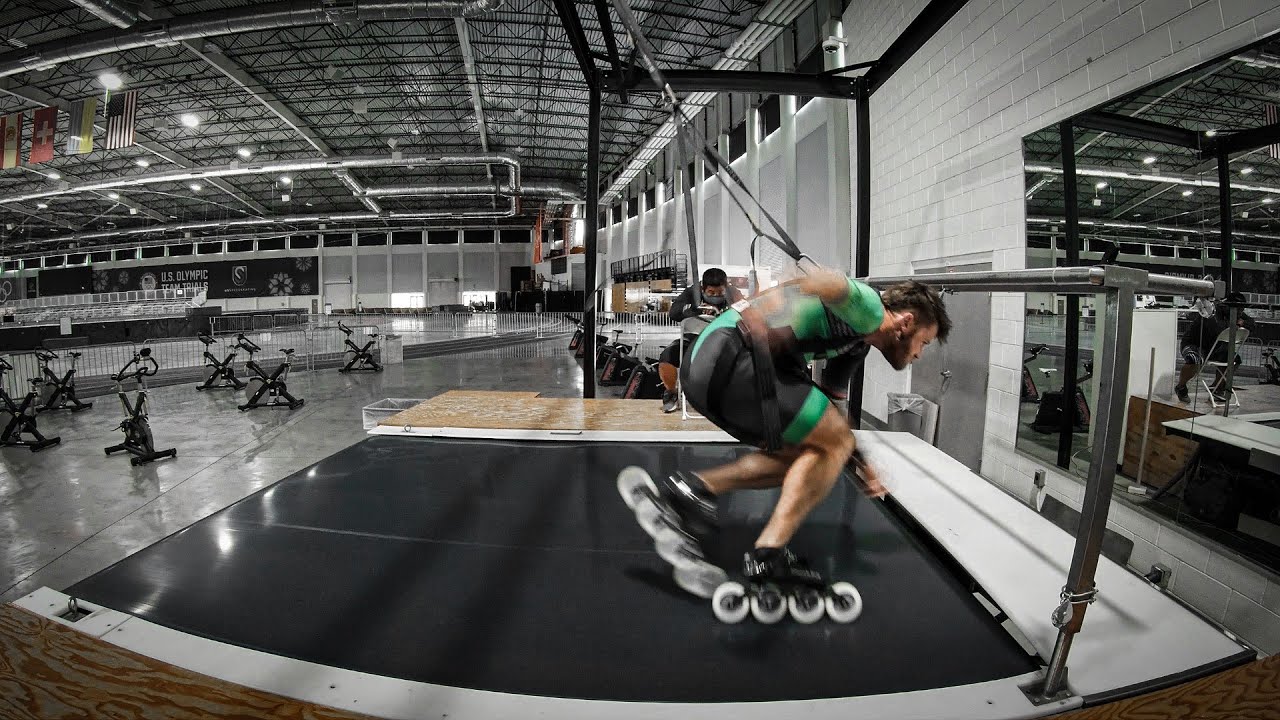
The relentless pace of modern football is taking a toll on players, leading to calls for calendar reform.
In the high-stakes world of professional football, where glory is measured in trophies and revenue in billions, a crucial element is being pushed to its breaking point: the players themselves. A stark warning from experts suggests that the sport`s increasingly congested calendar is no longer just a challenge, but a «perfect storm» jeopardizing the health and performance of its most valuable assets.
The Relentless Rhythm: A Growing Concern
It`s a familiar sight: a star player limping off the pitch, clutching a hamstring, or simply looking visibly drained after a grueling run of fixtures. What once might have been attributed to bad luck or isolated incidents is now recognized as a systemic issue. The international players` union, FIFPro, has been vocal about this crisis for some time, highlighting how little breathing room top athletes are afforded between club duties, international call-ups, and pre-season commitments.
This isn`t merely anecdotal. Sports science has evolved, providing data that paints a clear, if concerning, picture. Darren Burgess, the newly appointed Director of Performance at Italian giants Juventus, brings a wealth of experience to this debate. His assessment is direct and unequivocal:
“It’s the perfect storm of how not to treat a human being: too many games, too few days of rest and preparation, and then it starts all over again with an overcrowded calendar. The consequences? From the GPS data of the clubs I’ve worked with, we know that with back-to-back games and little recovery, players cannot produce the same performance. At best, performance drops; at worst, injuries occur.”
Burgess`s words cut through the noise. This isn`t about players being «soft» or lacking resilience; it`s about basic human physiology. Elite athletes are finely tuned machines, but even the best machines require maintenance, fuel, and, crucially, downtime.
Beyond the Field: The Hidden Costs of Overload
The immediate impacts are obvious: fatigue sets in, decision-making on the pitch becomes sluggish, and the precision that defines top-tier football wanes. The beautiful game, in essence, becomes a little less beautiful. But the deeper, more sinister consequence is the escalating risk of injury. A fatigued muscle is a vulnerable muscle. A player constantly operating at their physical limit without adequate recovery is a ticking time bomb for strains, tears, and more severe conditions.
The irony here is palpable. Football clubs invest millions in player acquisition, development, and state-of-the-art medical facilities. Yet, they simultaneously subject these investments to a schedule that actively undermines their physical integrity. It’s akin to buying a Formula 1 car and then driving it non-stop, expecting peak performance without pit stops or proper servicing. The commercial imperative, it seems, has often overridden the biological reality.
A Call for Calendar Sanity: What`s the Way Forward?
FIFPro`s persistent warnings, now echoed by high-profile performance experts like Burgess, demand serious attention. The issue extends beyond individual clubs or leagues; it`s a global problem requiring a global solution involving FIFA, continental confederations, national associations, leagues, and clubs. Reducing the number of fixtures, introducing mandatory rest periods, and adopting more player-centric scheduling policies are not merely suggestions; they are becoming necessities.
The conversation must shift from simply maximizing matches for revenue to optimizing the calendar for sustained player health and, by extension, the quality and longevity of the sport itself. After all, what is football without its stars performing at their peak, rather than limping through a season?
The Human Element: Remembering Athletes Are Not Commodities
Ultimately, the core of this debate circles back to a fundamental principle: treating athletes as human beings, not just commodities in a lucrative entertainment industry. Their careers are finite, their bodies delicate instruments. To ignore the physiological limits of these extraordinary individuals is not just short-sighted; it risks damaging the very essence of the game we all love. As Darren Burgess aptly puts it, the current calendar is «the perfect storm of how not to treat a human being,» and it`s high time the storm warnings were heeded.

